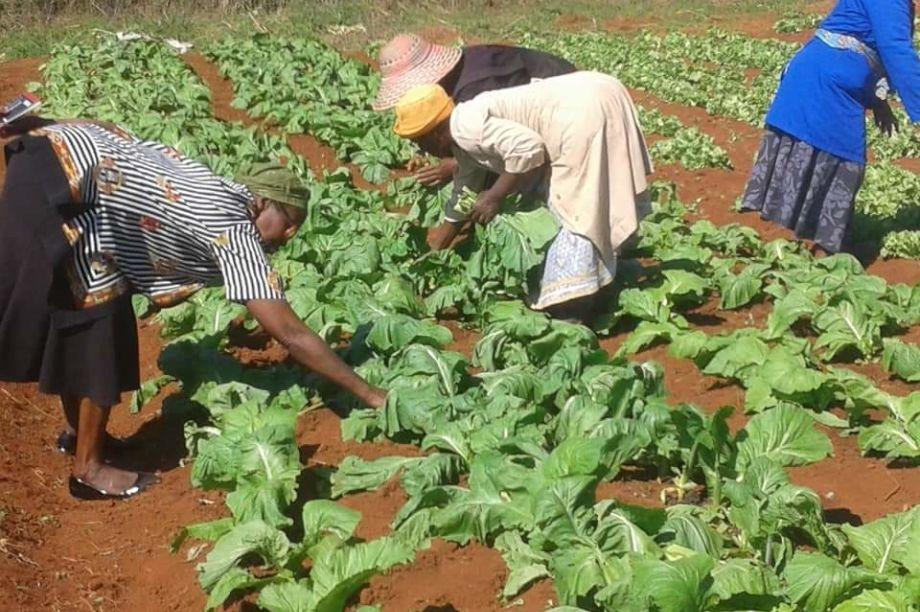Africa-Press – Angola. The Food and Agriculture Organization of the United Nations (FAO) Food Price Index fell 0.3 percent in November.
The indicator stood at 135.7 points, continuing to fall after reaching its highest level in March, with the invasion of Ukraine by Russia.
Cereal prices fell 1.3 percent from the previous month, but are still 6.3 percent higher compared to last year.
Wheat and maize were cheaper by 2.8 and 1.7 percent respectively, influenced by the extension of the Black Sea Grain Initiative. International rice prices rose 2.3 percent.
Vegetable oil values rose 2.3 percent in November, ending seven consecutive months of declines.
International prices for palm and soybean oils rose, while rapeseed and sunflower fell. Dairy products have fallen 1.2 percent since October, with world prices for butter, skimmed and whole milk powder falling amid a reduction in import demand.
The demand for cheese has already increased, in part due to less dynamic export availability from the main producing countries in Western Europe.
According to the FAO, meat was 0.9 percent cheaper in November, with the drop in international beef prices.
The drop was driven by increased export supply from Australia and the already high supply from Brazil, despite strong import demand from China.
On the other hand, world prices for all other types of meat recovered, led by higher sheep meat prices.
According to the FAO index, sugar rose 5.2 percent in November, influenced by strong buying amid reduced global supply with harvest delays in major producing countries and India’s announcement of a sugar export quota. lower.
Production forecast
The FAO Grain Supply and Demand Report released last Friday indicates a reduction in the forecast for world cereal production in 2022, which is now around 2.7 million tonnes, a drop of 2. 0 percent compared to 2021.
The reduction reflects low corn production prospects in Ukraine, where the impact of the war has made post-harvest operations excessively expensive.
The FAO also cut its global wheat production forecast for the year, but despite that cut, the new figure of 781.2 million tonnes would remain a record. Global rice production is expected to fall 2.4 percent below the previous year’s all-time high.
For More News And Analysis About Angola Follow Africa-Press






